Session 2D – Structural Performance
Tuesday 30 March, 11:15 – 12:45 // Session Chair: Eike Schling
263 – Ice Stereotomy: A Case Study of Free-Form Ice Shell
Tuesday 30 March, 11:15, Session 2D
Jingwen Song, School of Architecture and Urban Planning, Shandong Jianzhu University
Yuetao Wang, School of Architecture and Urban Planning, Shandong Jianzhu University
Ping Chen, School of Architecture and Urban Planning, Shandong Jianzhu University
Hao Zheng, Stuart Weitzman School of Design, University of Pennsylvania
The free-form ice shell is the most challenging type in the design and construction of free-form buildings due to the regional and temporary nature of its materials. This paper presents a case study of the integration of design and fabrication of free-form ice shell. Taking the computational design and robotic fabrication of the ice shell as the main object, we discuss that combines the form-finding of the shell structure of graphic static with the tessellation technology of stereotomy, and propose a new method and workflow for the integration of discrete free-form ice shell design and construction. In the end, we built a free-form ice shell consisting of 116 discrete ice blocks. Practice has proved the feasibility of the integrated method of discrete free-form ice shell design and construction in the article.
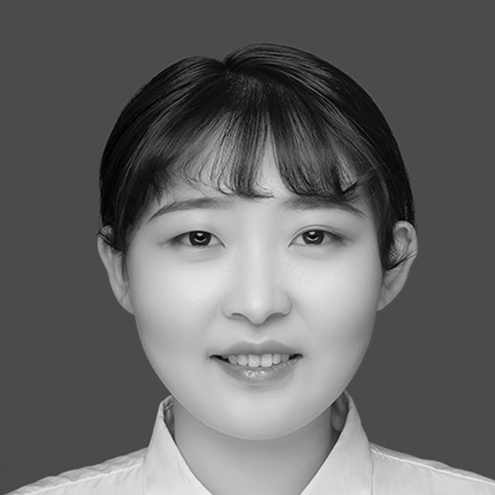
Jingwen Song is a master of Shandong Jianzhu University, majoring in architectural design and digital fabrication. She is a member of the International Association for Shell and Spatial Structure and a student member of the Architectural Society of China.
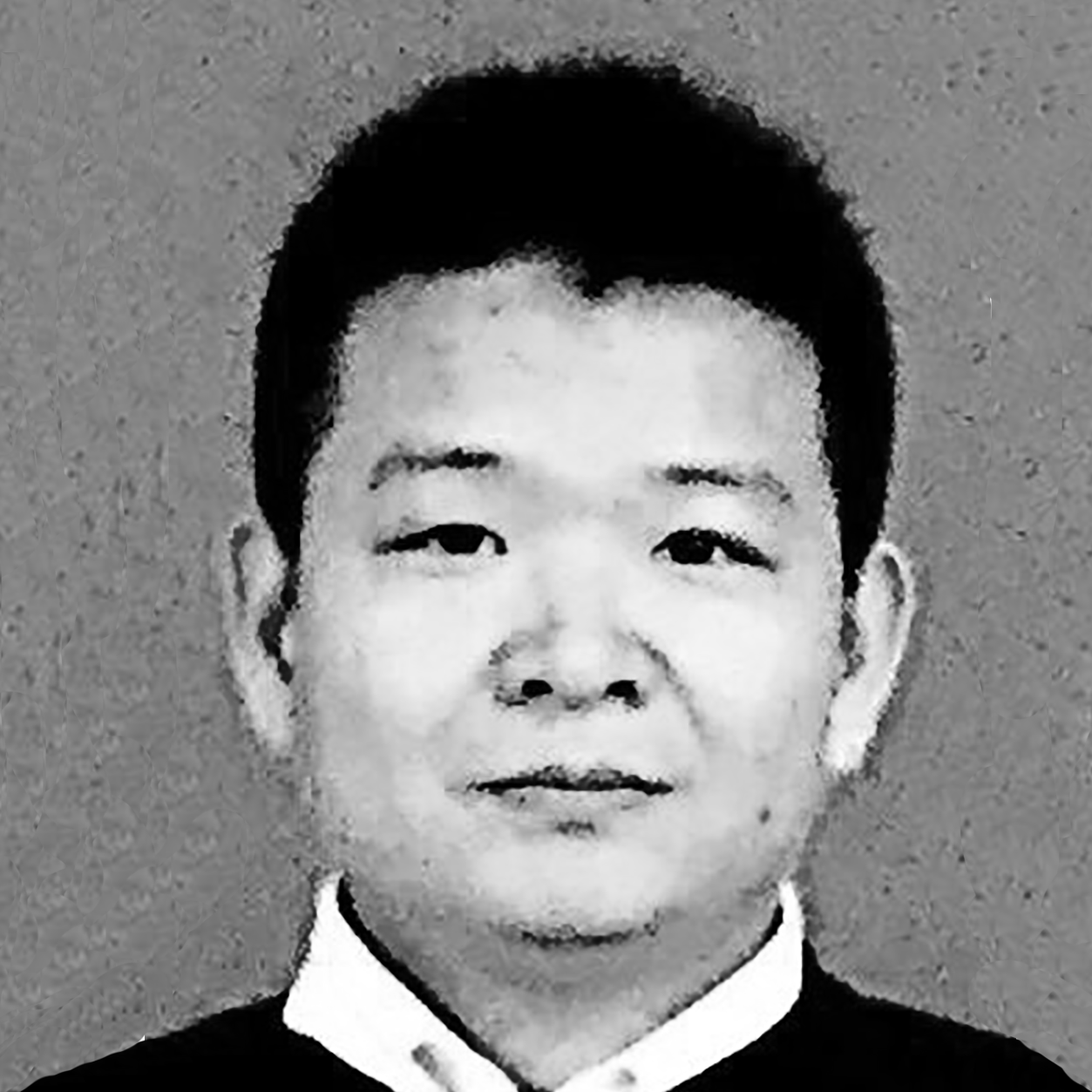
Yuetao Wang is an assistant professor at Shandong Jianzhu University. His main research direction is rural settlements and digital architectural design.

Ping Chen is an associate professor at Shandong Jianzhu University. His research direction is smart building design and construction.
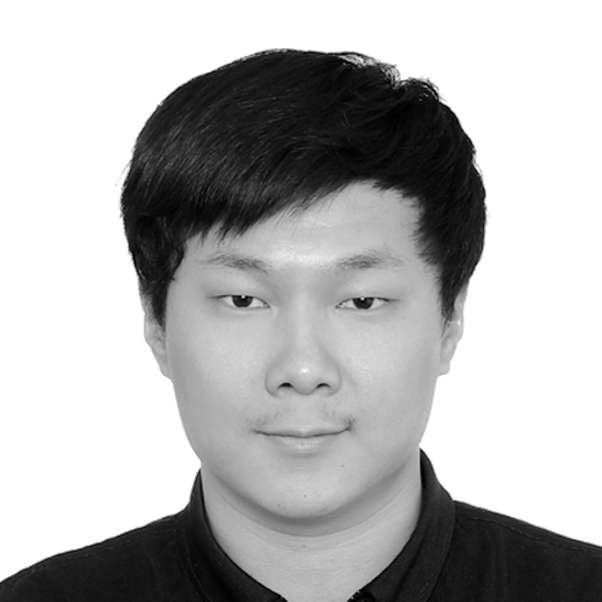
Hao Zheng is a Ph.D. researcher at the University of Pennsylvania, Stuart Weitzman School of Design, specializing in machine learning, digital fabrication, mixed reality, and generative design. He holds a Master of Architecture degree from the University of California, Berkeley, and Bachelor of Architecture and Arts degrees from Shanghai Jiao Tong University. His teaching experience includes: workshop tutor at Tongji University; lecturer at Macau University of Science and Technology; lecturer at the University of Pennsylvania; teaching fellow at Shanghai Jiao Tong University.
126 – Fuzzy Logic in Bending-Active Gridshell Design
Tuesday 30 March, 11:30, Session 2D
Sining Wang, Soochow University
Xinchen Zhao, Soochow University
performance-based design is encouraging designers to carry out quantitative-oriented research, sometimes indifferent to qualitative matters that concern social, cultural, and even psychological aspects. Design requirements related to humans’ subjective value and decision-making ought to be properly addressed. This paper begins with the discussion of architectural complexity about its ill-defined design problems. Human’s linguistic variables contain the ambiguous yet uncertain value that seemingly unfit for today’s precise digital design approaches. Hence, this paper involves the idea of fuzzy logic and its inference system, presents a soft computing method using membership functions to describe qualitative parameters. It then uses MATLAB’s fuzzy logic toolbox, as an auxiliary design tool apart from Rhinoceros Grasshopper, to grade design options of a bending-active gridshell from an undergraduate design studio.
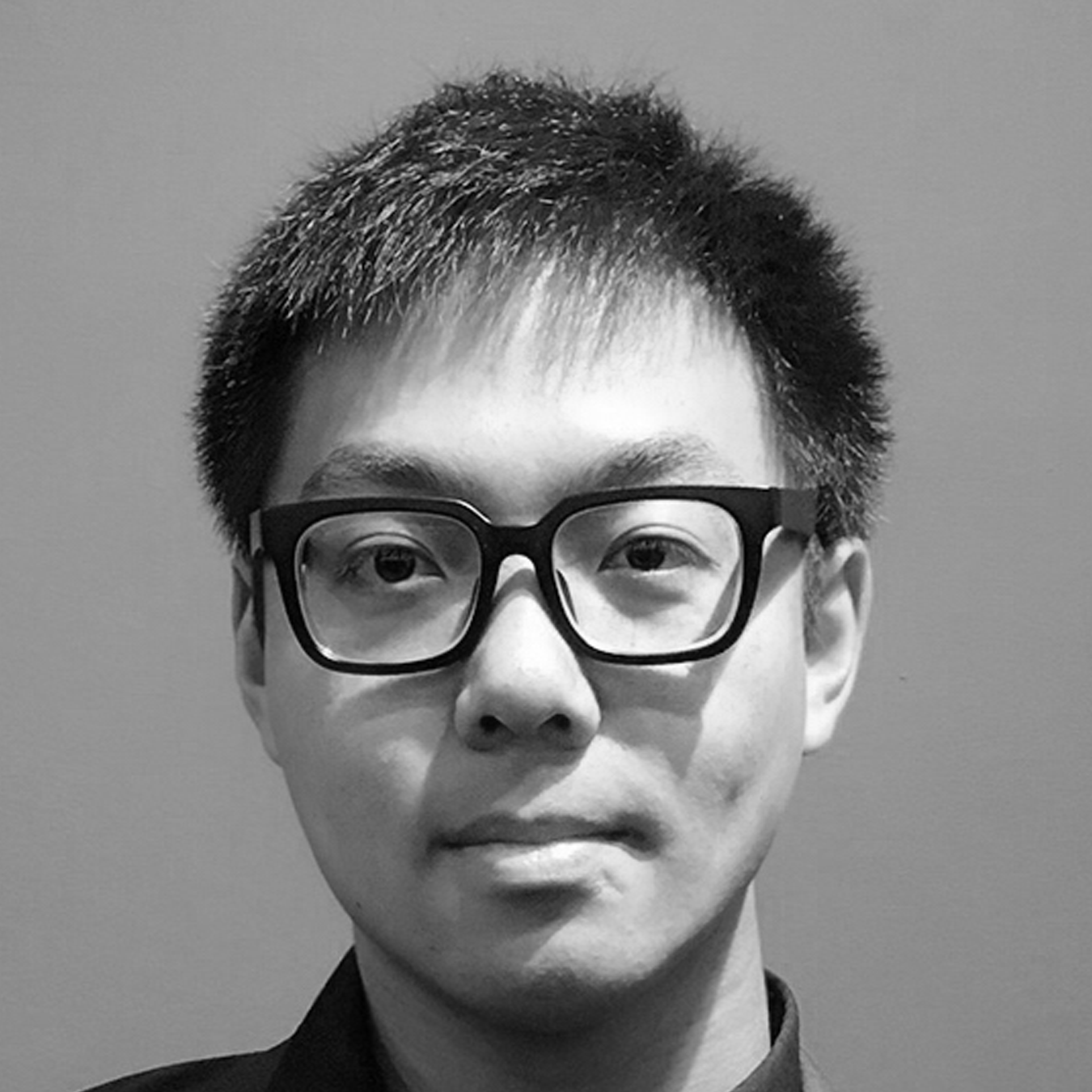
Dr. Sining Wang is currently working at Soochow University, his research interests cover design theory, interactive design & construction, and long-span architecture

Xinchen Zhao is a third-year undergraduate student at Soochow University specializing in computational design.
333 – Expanding Bending-Active Bamboo Gridshell Structures’ Design Solution Space through Hybrid Assembly Systems
Tuesday 30 March, 11:45, Session 2D
Chun Yu Ma, The Chinese University of Hong Kong
Yan Yu Chan, The Chinese University of Hong Kong
Crolla Kristof, The University of Hong Kong
This paper discusses the development and testing of a novel design method for the low-tech construction of bending-active bamboo gridshell structures. It expands this typology’s current design solution space by combining and building up on two common production methods for light-weight shell structures: 1) the “lay-up” method, typically used in bamboo architecture in which members are added one at a time, and 2) the “flatbed” method, in which a prefabricated equidistant flat grid without shear rigidity is propped up and deformed into its final doubly curved shape. The novel methodology expands the system’s design solution space by incorporating singularities within the grid topology and by layering multiple separate grids. This allows for spatially radically different building geometries without loss of implementation workflow efficiency. A demonstrator design project, tested through a large-scale prototype model, is described to illustrate the possible spatially engaging architectural design opportunities presented by the novel approach.

Being an architectural designer, His work mainly focuses on creative and innovative potential of emergent computational approaches in design, architecture and art. Currently working in Zaha Hadid Architects and formerly worked in Aedas, Kelvin has been involved in architecture and interior design in diverse scales of built projects in Hong Kong, China, Philipine and Taiwan. Graduated from the CUHK with Master of Architecture degree, his keen enthusiasm in design has awarded him multiples international design awards and qualifications, including the World Architecture Community Awards, Clifford Chun-Fai Wong Prize in Housing Design and ARCASIA Thesis of the Year Gold Awards.
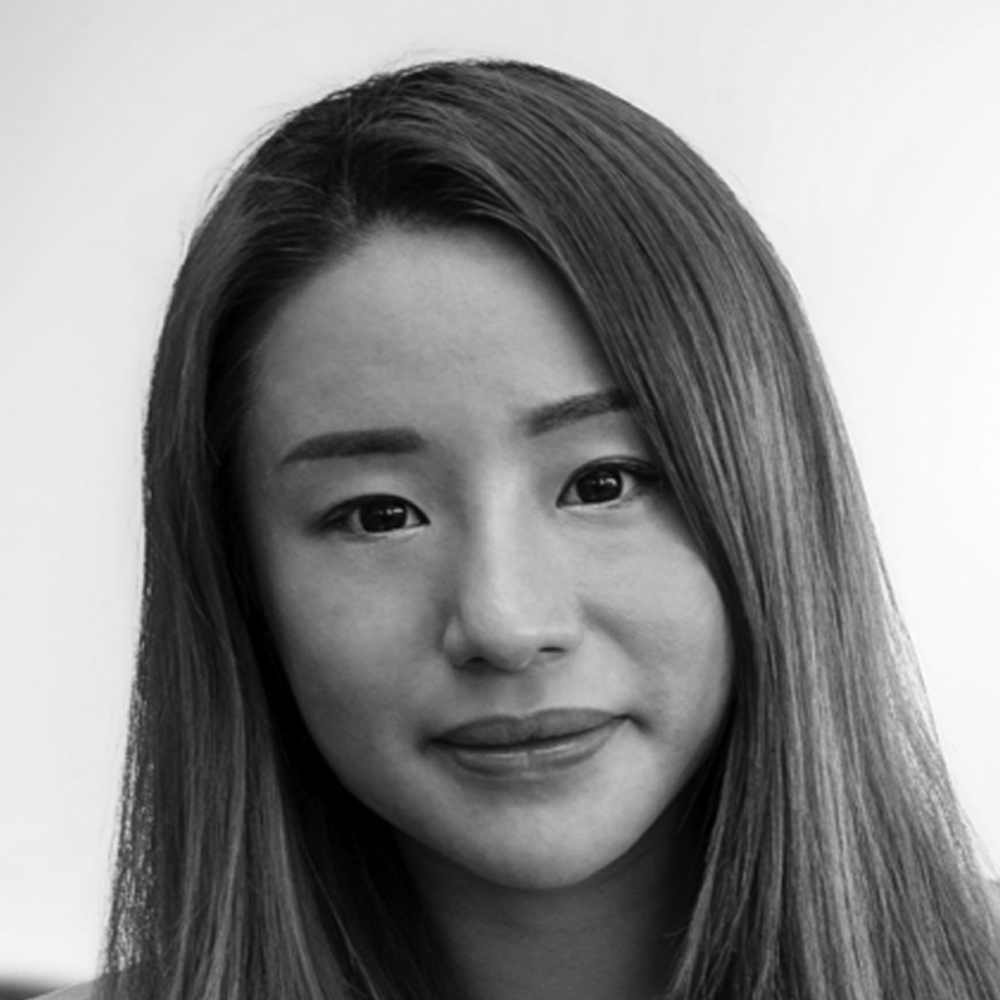
Jennifer Chan is an Architectural Assistant in CAN design ltd. She is a forward-thinking young designer and her works integrate social design and spatial innovation to transform visionary ideas into spaces. She has worked in Aedas and a number of renowned offices in Hong Kong. During her practice, she has participated in a wide spectrum of building types, including interior design, in Hong Kong, China and Korea. She received her March degree from CUHK and BSC Arch from CHC Arch. She was awarded in CAADRIA student award in 2019 and Junglim Architecture Awards for Students in 2020.
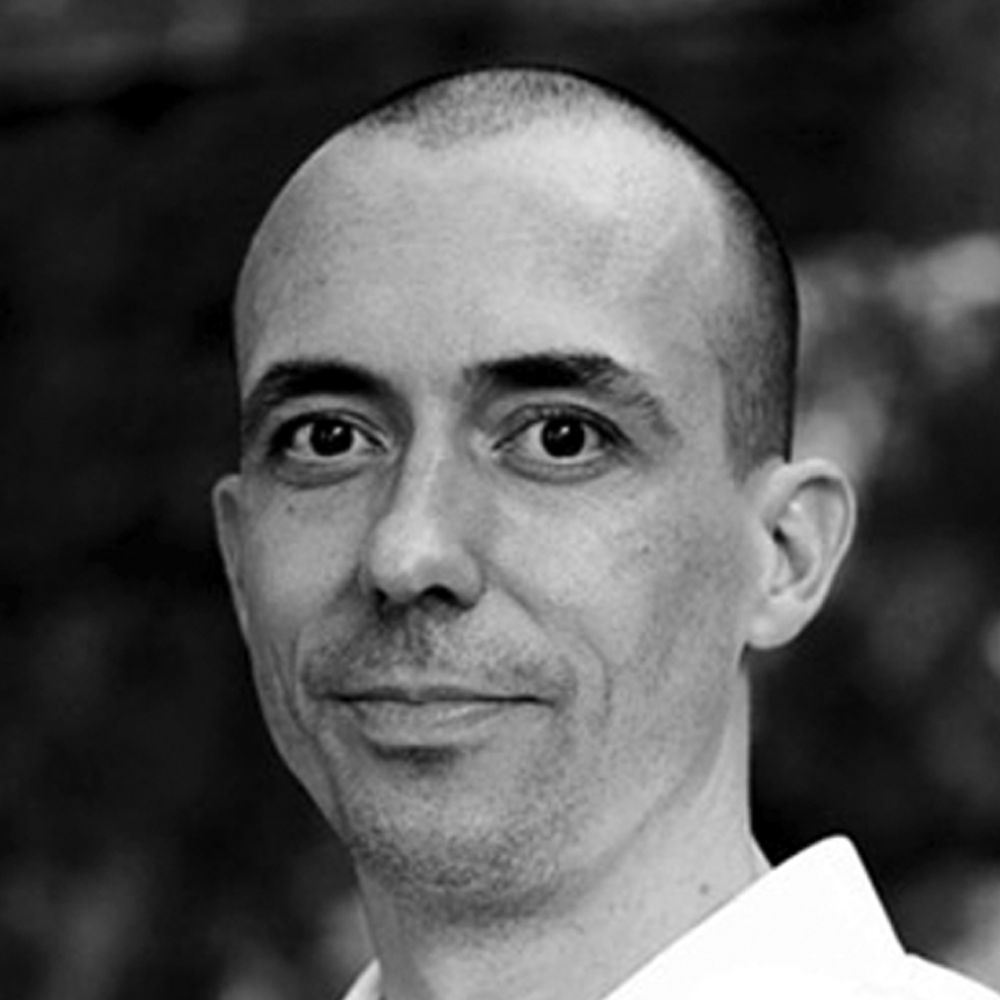
Dr. Kristof Crolla is a Belgian architect who combines his architectural practice “Laboratory for Explorative Architecture & Design Ltd.” (LEAD) with a tenured Associate Professorship at the University of Hong Kong (HKU), where he directs the BASc(Design +) Programme and teaches in the Master of Architecture Programme. He graduated Magna Cum Laude as Civil Architectural Engineer from Ghent University (Belgium), both studied and taught at the Architectural Association School of Architecture (AA, London)’s Master of Architecture programme Design Research Laboratory (DRL), and worked for several years as Lead Architect for Zaha Hadid Architects.
293 – Asymptotic Building Envelope: Combining the Benefits of Asymptotic and Principal Curvature Layouts
Tuesday 30 March, 12:00, Session 2D
Eike Schling, The University of Hong Kong
Chih-Lin Hsu, National Taiwan University of Science and Technology
Muye Ma, The University of Hong Kong
This paper presents current research on low-cost, high-performance doubly curved building envelopes that benefit from a curvilinear layout along an isothermal web on minimal surfaces. We investigate the geometric symbiosis of an elastic lamella mullion system that follows the asymptotic curves combined with panelization strategies along the principal curvature lines in order to simplify fabrication and enhance the structural performance. We present a digital and physical setup of a full-scale prototypical asymptotic façade substructure. In collaboration with the construction industry, we evaluate the complete design and construction process, including digital modeling, fabrication planning, computer-aided manufacturing and logistics, prefabrication, and assembly. Both digital and physical prototypes are used to investigate cladding solutions. Our studies are specifically looking at developable-elastic and planar-rigid tessellations, which utilize a principal curvature layout. We conclude by highlighting flat-sheet fabrication, high structural resilience, and assembly time and tolerances, as primary potentials and challenges of this design strategy.
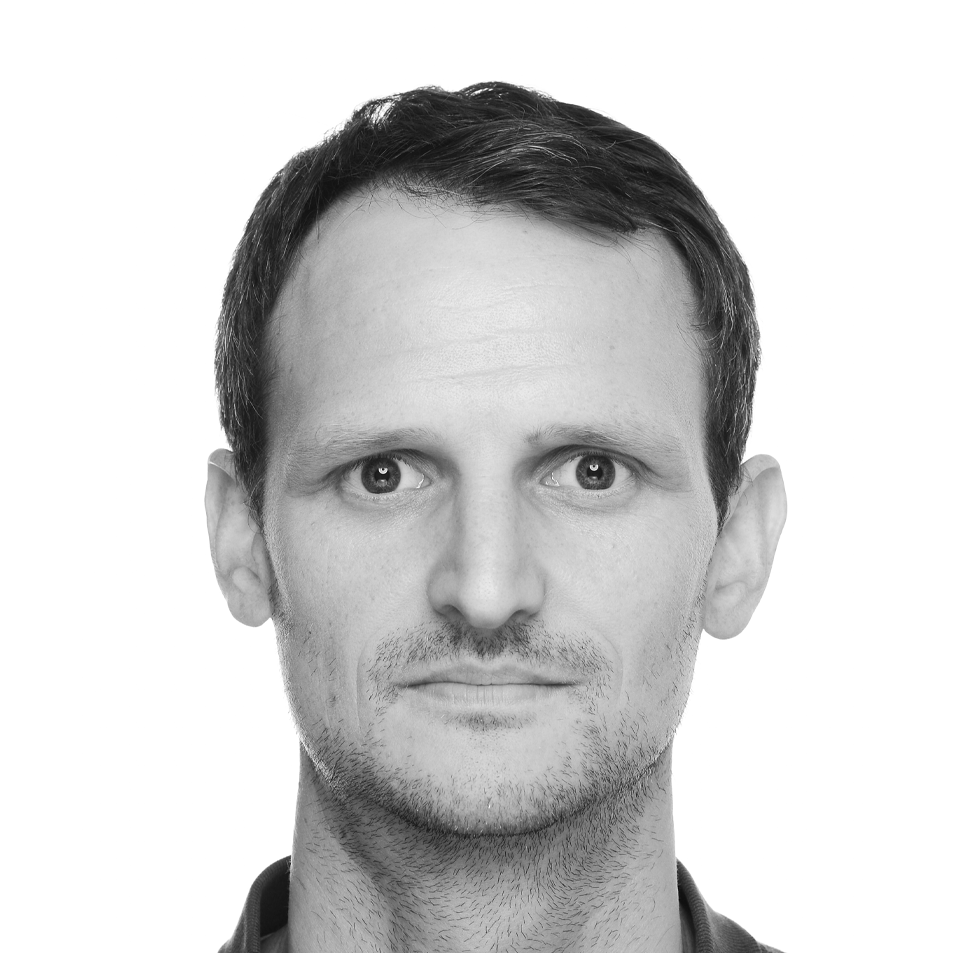
Eike Schling is Assistant Professor at the University of Hong Kong, Department of Architecture, where he is teaching parametric methods, architectural geometry and structural behavior with the vision of enabling construction-aware design. Eike’s focus lies on interdisciplinary research with mathematicians and engineers to simplify complex lightweight structures without sacrificing design-freedom. Eike completed his doctorate “Repetitive Structures” in 2018 with distinction at the Chair for Structural Design, Technical University in Munich. His architectural practice has created innovative gridshells in Munich and Ingolstadt, and is coined by collaborations with international architecture offices, such as PLP in London and K+P in Munich.
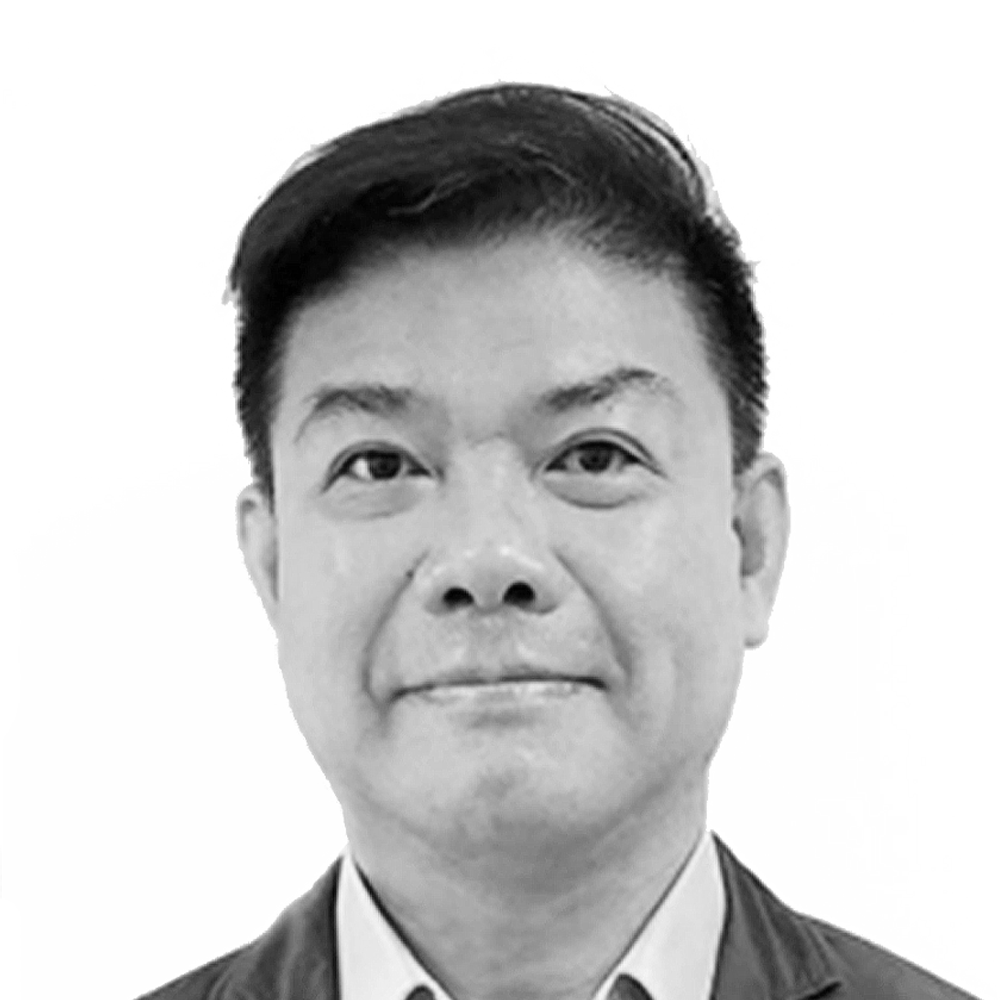
Chih-Lin Hsu is a PHD student at the Department of Architecture, National Taiwan University of Science and Technology (NTUST), Taipei, researching “Element Base Integrated Cloud Platform by use of GUID_RFID tags for complex Building Envelopes”. He graduated from NTUST in 2009 with a Master degree in Materials Science. From 1988 to 1999, Chi-Lin worked for BHP Steel and John Lysaght in Taiwan, specialized in PLC control and metal cold rolling and forming, and became President of the company. In 2000, Chi-Lin founded GoMore Building Envelope Technology Co. Ltd. focusing on composite material application and specializing in complex building envelopes.
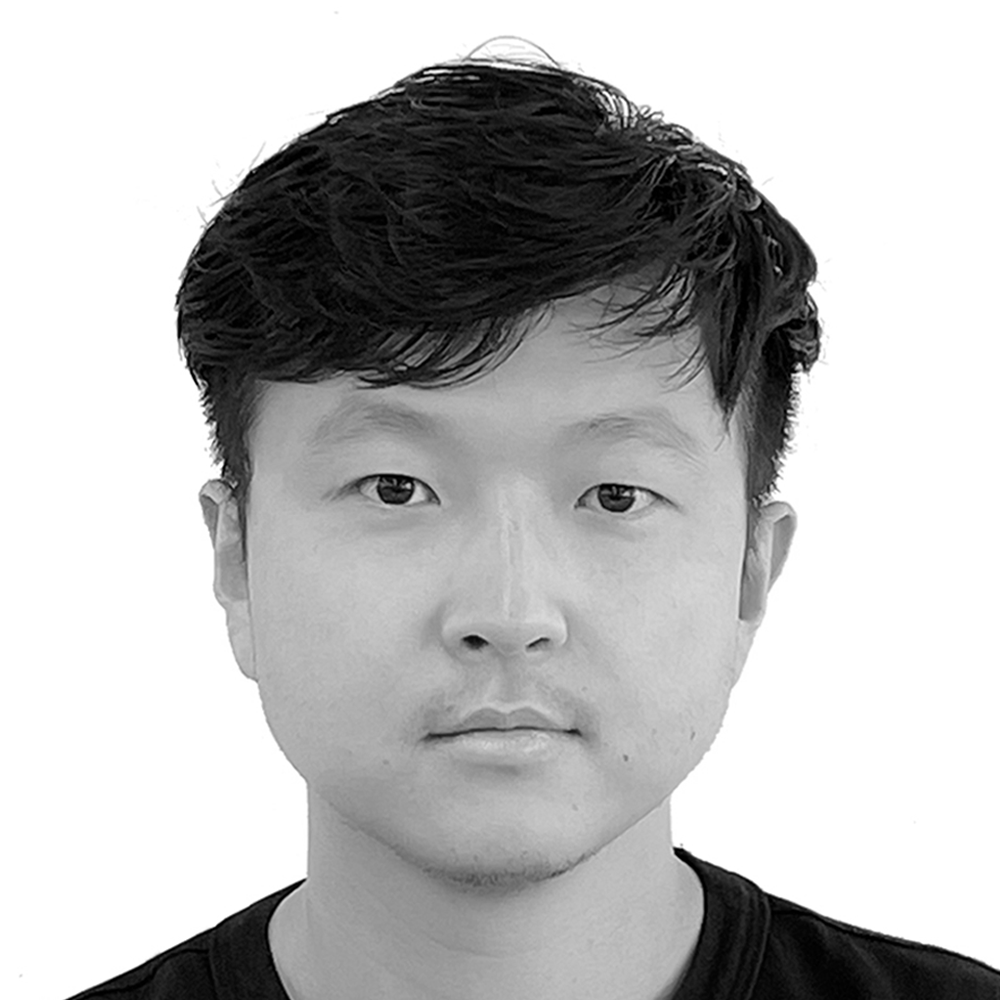
Muye Ma is a graduate student studying at the University of Hong Kong, Department of Architecture, Master Program. He was practicing parametric design for Oakridge Centre in Henriquez Partners Architects, a local firm in Vancouver, Canada, after he graduated with a Bachelor of Science in Architecture at McGill University, Montreal. He had 4-year software engineering background at the Northeastern University (China) before he devoted himself to architecture.
445 – The Infinite Line Active Bending Pavilion: Culture, Craft and Computation
Tuesday 30 March, 12:15, Session 2D
Vernelle A. A Noel, Ph.D., University of Florida
Niloofar Nikookar, Carnegie Mellon Institute
Jamieson Pye, Georgia Institute of Technology
Phuong “Karen” Tran, Georgia Institute of Technology
Sara Laudeman, Georgia Institute of Technology
Active bending projects today employ highly specialized, complex computer software and machines for design, simulation, and materialization. At times, these projects lack a sensitivity to cultures limited in high-tech infrastructures but rich in low-tech knowledges. Situated Computations is an approach to computational design that grounds it in the social world by acknowledging historical, cultural, and material contexts of design and making, as well as the social and political structures that drive them. In this article, we ask, how can a Situated Computations approach to contemporary active bending broaden the design space and uplift low-tech cultural practices? To answer this question, we design and build “The Infinite Line” – an active bending pavilion that draws on the history, material practices, and knowledges in design in the Trinidad Carnival – for the 2019 International Association for Shell and Spatial Structures (IASS) exhibition in Barcelona, Spain. We conclude that Situated Computations provide an opportunity to integrate local knowledges, histories, design practices, and material behaviors as drivers in active bending approaches, so that structure, material practices, and cultural settings are considered concurrently.
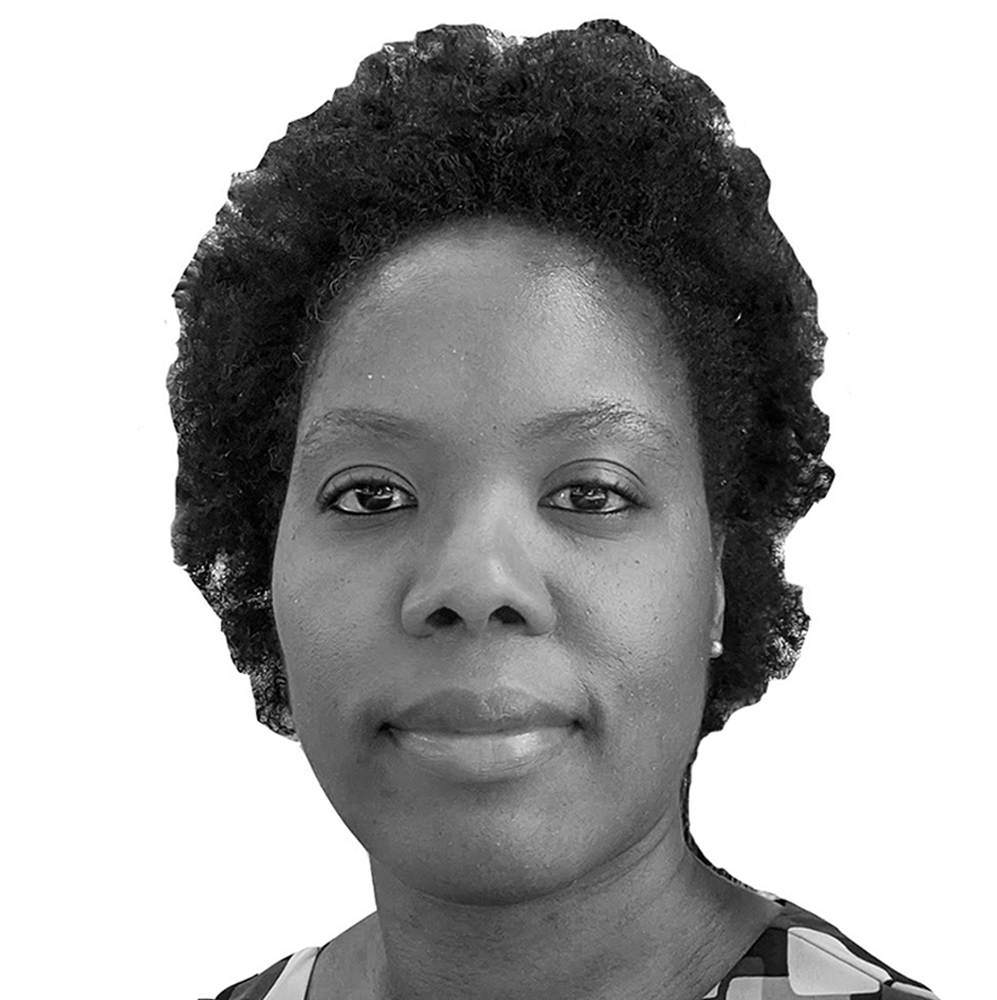
Vernelle A. A. Noel, Ph.D. is an architect, artist, and founding Director of the Situated Computation + Design Lab at the University of Florida. She uses design computation and ethnographic methods to investigate traditional and automated making, human-computer interaction, interdisciplinary creativity, and their intersections with society. She is particularly interested in building new expressions, tools, and methodologies to explore social, cultural, and political aspects of making, computational design, and emerging technology for new social and technical reconfigurations of design practice, pedagogy, and publics. Her 2015 TEDx Talk is titled, “The Power of Making: Craft, Computation, and Carnival”.
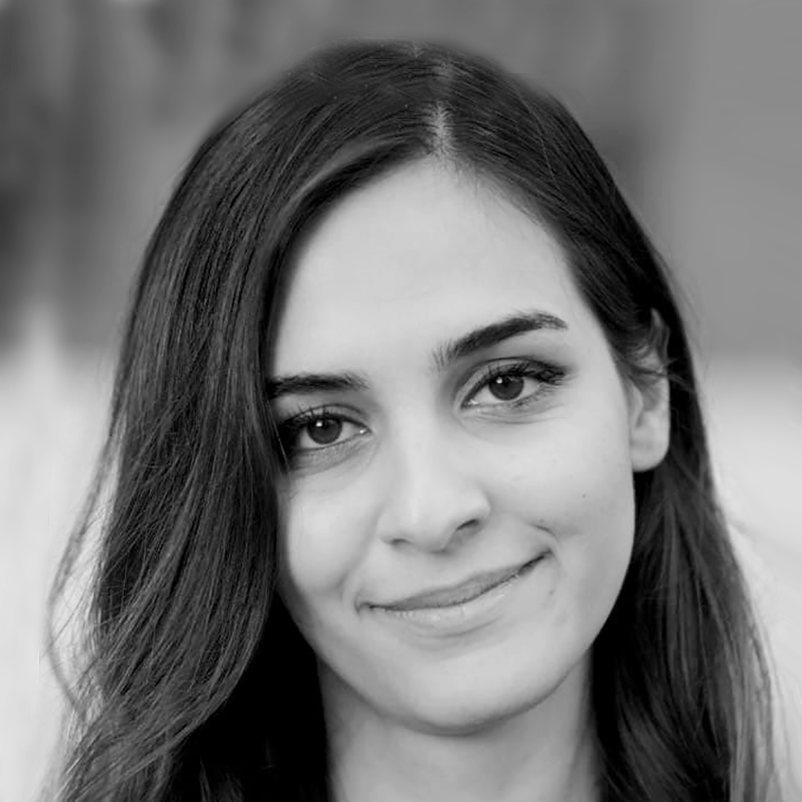
Niloofar Nikookar is a computational and architectural designer and researcher working on emerging design-and-making paradigms that result from new technologies, interaction, and human and system agency in architecture. Niloofar holds a professional Master of Architecture from the Pennsylvania State University and a Master of Science with a concentration in Advanced Production from the Georgia Institute of Technology. She is currently pursuing a Ph.D. at Carnegie Mellon University and her professional experience includes working with international firms in the US and Iran on K-12, Justice + Civic, and residential projects.
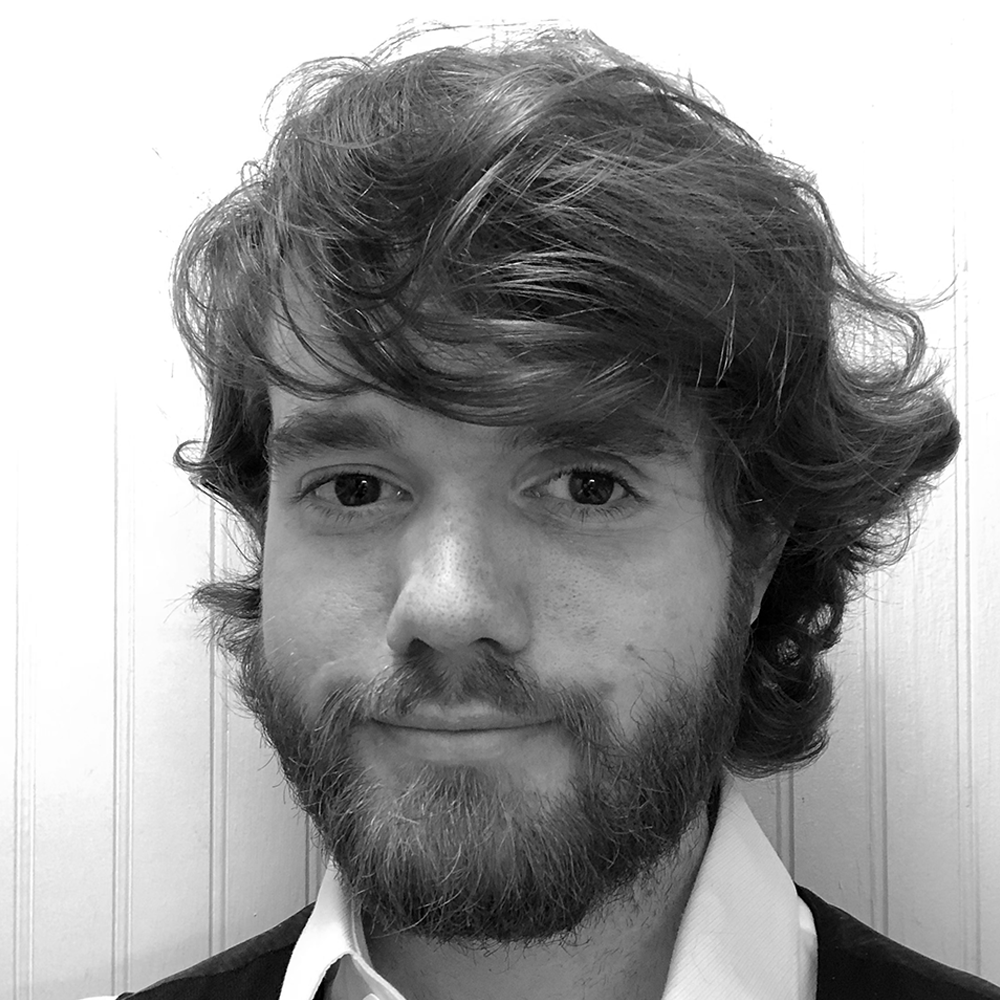
Jamieson Pye holds a Bachelor of Science in Architecture from the Georgia Institute of Technology. He has worked extensively in Digital Fabrication at Georgia Tech in collaboration with faculty including Stuart Romm and Praxis3. Pye received an honorable mention for the Architecture Master Prize Awards and frequently enters design competitions. He will pursue a Master’s degree in Architecture.

Phuong “Karen” Tran is an architectural designer with a Bachelor of Science degree in Architecture from Georgia Institute of Technology. She is currently a designer at an architectural firm in Atlanta that specializes in mixed-use design. She has worked on multiple educational projects at various architectural firms. She will pursue a Master’s degree in Architecture with a goal to specialize in sustainability and research in computational design in 2022.
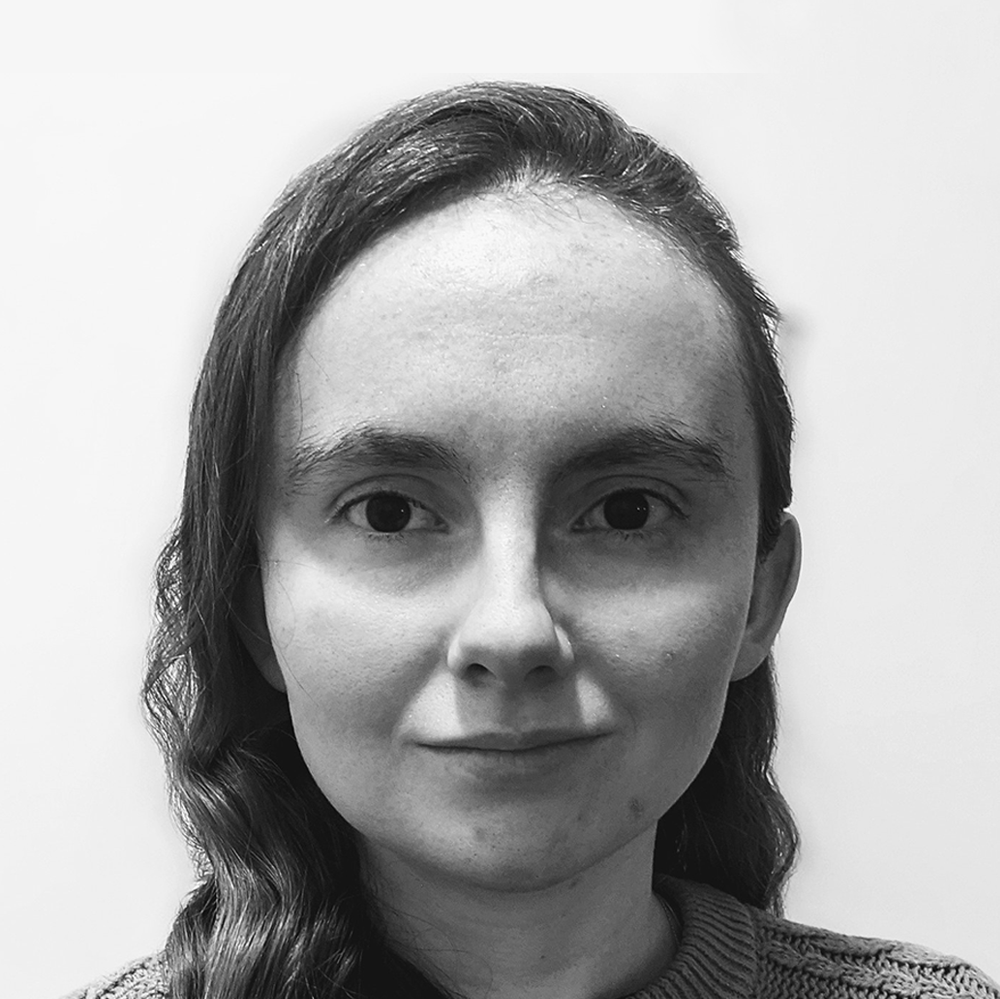
Sara Laudeman is an architectural designer and project manager at Hiscutt & Associates, Inc., as well as an adjunct instructor in architectural statics at Central Piedmont Community College. She holds a Master of Architecture from the Georgia Institute of Technology, and she earned her Bachelor of Arts in Architecture and a Bachelor of Science in Mathematics from the University of North Carolina at Charlotte. She aims to explore the relationship between professional practice and research in the field of architecture with primary interests in analytical and computational design, which stem from the intersection of architecture and math.